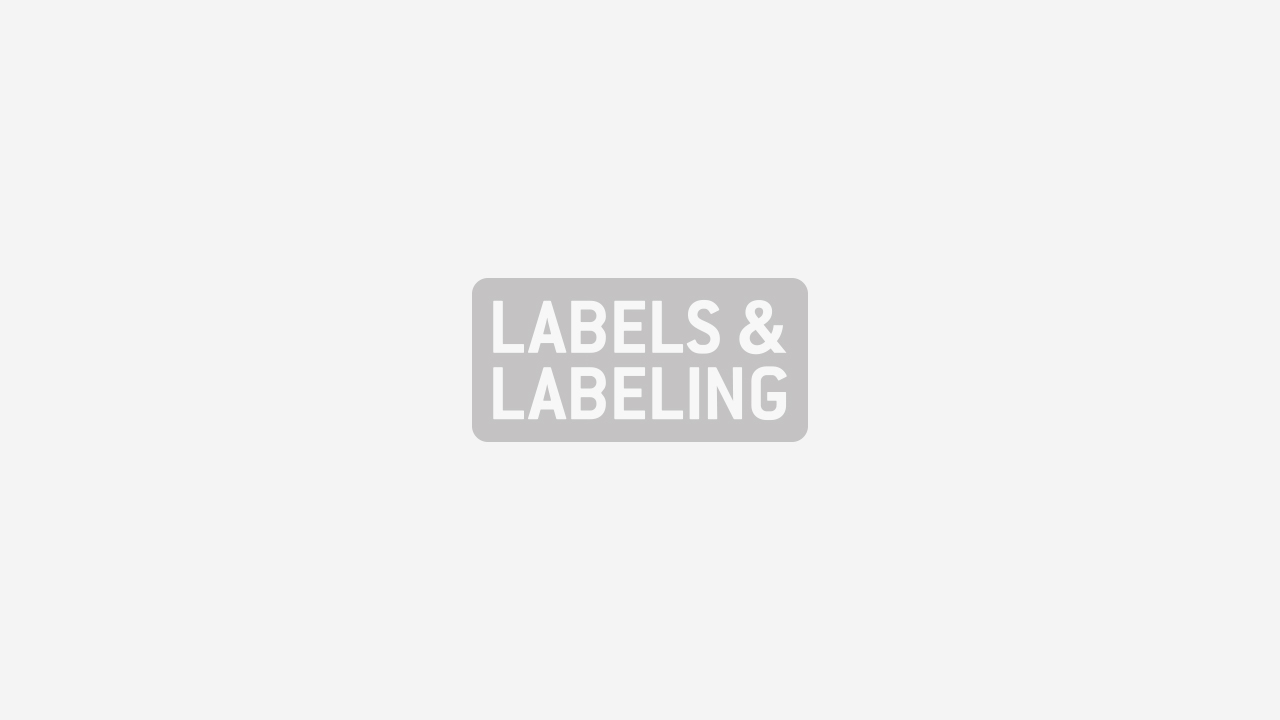Best practices in packaging print technology

According to Andrew Pearce, of the Independent Print Industries Association (IPIA), there are a number of good housekeeping practices that all package print suppliers can take on board to aid environmental protection and improve productivity.
While the UK’s Gross Domestic Product (GDP) has risen by 28% since 2000, packaging volume has grown by only 8%, of which 60% is now recovered and recycled, at a ten-year cost of some £1.2 billion. With the Government setting new recycling targets for 2012, Pearce outlined ways in which improved efficiency can reduce the amount of waste created.
Highlighting Kodak’s new Flexcel NX Digital System, he said: ‘By providing the same high quality image on flexible pouches, boxes and labels, that is printed offset on a carton, the consumer enjoys a more consistent brand experience. Effective origination reduces press make-ready time, increases running speeds, and lowers substrate waste. The result is on time, on brand, first time.’
On the press, automated control allows major quality improvements. He explained: ‘Servo drive cuts out gear marking and offers a greater degree of fine tuning – it also makes set-up easier and quicker, while the development of cold UV allows filmic substrates to be used and, with zero ozone production, no extraction is required. Independent web drive eliminates transfer of vibration to the plate, and shorter web paths reduce make-ready waste by up to 40%.’
Ink management is an area that offers potential savings. Pearce again: ‘The Flint Group, for example, works closely with customers to increase the sustainability of their inks and coatings, focusing on film thickness, a better managed inventory and ordering system, additive usage and ink storage, as well as improved and easier press wash-ups.’
It all comes down to using standards. Under pressure from flexo printers, predominantly supplying the food industry, ISO12647-6 is being developed. Accreditation comes only after the printing company has met a range of technical criteria including: pre-press, platemaking, L*a*b* values of ink color, dot gain values, L*a*b* values of paper color, and paper gloss.
‘The advantage of using this standard is consistency. You get a better match to proofs that require fewer passes on-press, which is essential for global procurement, and provides a documented quality audit trail that saves costs,’ explained Pearce. With pressure to standardize coming from print buyers, and the need for brand protection, accreditation to ISO12647 and similar international standards is set to become a way of life for the package printer.
Stay up to date
Subscribe to the free Label News newsletter and receive the latest content every week. We'll never share your email address.
